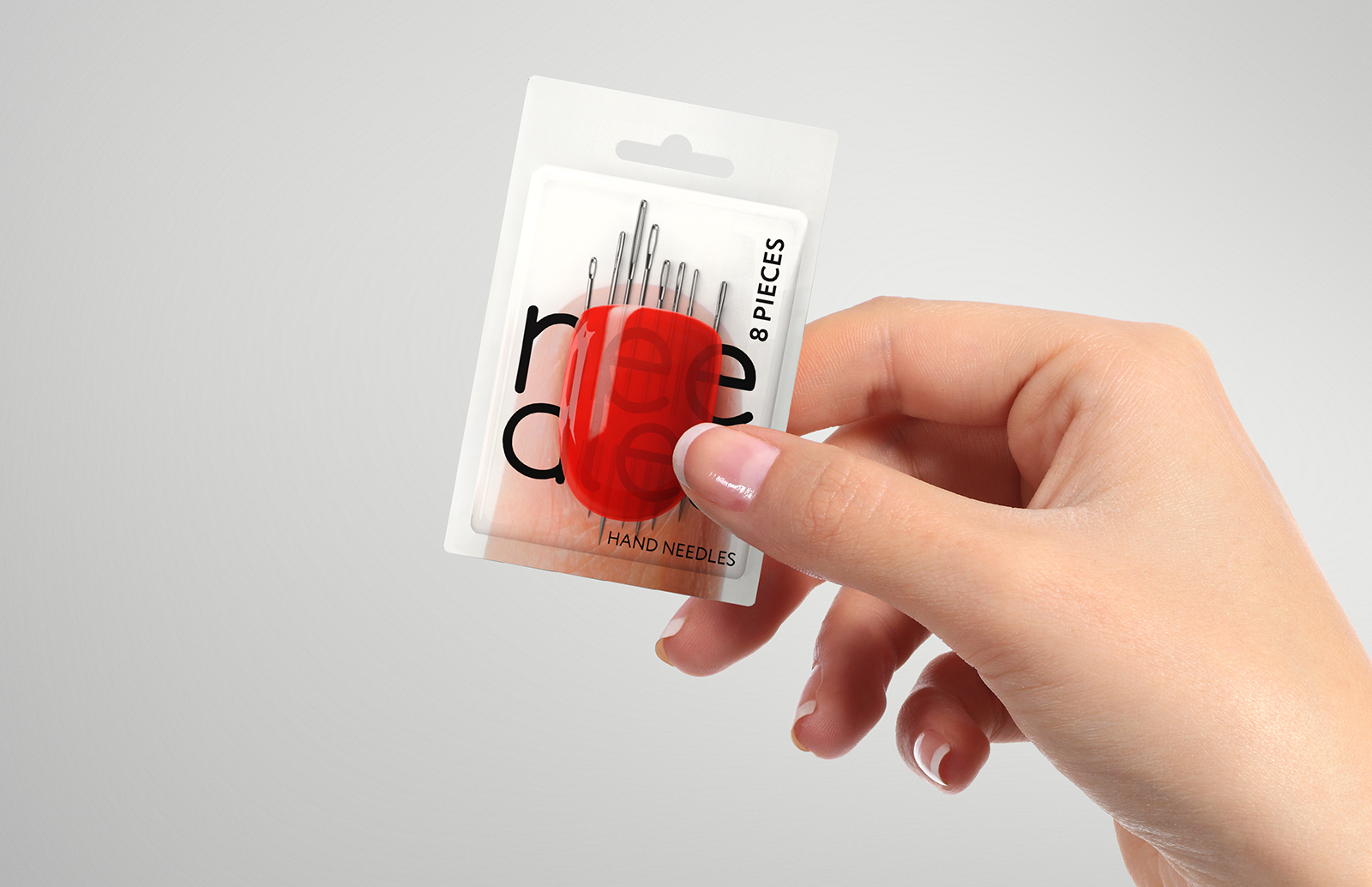Blister packaging is one of the most extensively used packaging methods. Due to its user-friendly nature, it has become a go-to-solution across the industry. The main component of the blister pack is its cavity or pocket in which the product is placed. It is usually made from thermoformed plastic with cardboard supporting at back. Blister cards are used for packing countless retail products like tools, foods, cosmetics, pharmaceuticals and other household items. The packaging is highly cost-effective.
Different features can be added on demand. It not only enhances the presentation of your product but also provides maximum protection against dirt, moisture or breakage. The customers can actually view the product behind the glossy covering. Brands are frequently using blister cards to serve as a "billboard" to communicate their message. The packaging can be customized in any shape, size, color or design. Use it to explain product features attractively by using colorful and eye-catchy graphics. Here we are going to discuss some of the blister card ideas with simple packaging:
Face Seal Blister
In this type of blister pack packaging, the plastic is moulded around a product. It gets sealed to the cardboard backing by using heat. Only the seal is on the flange. The remaining card stays uncovered. Face seal blisters are fairly inexpensive. They are usually used for products that are created in a large volume.
Full-Face Seal Blister
In this technique, the custom blister packaging not only surrounds the product but its cardboard backing too. The plastic is either heat sealed or slides through additional plastic pieces on each of the sides. Such cardboard blister cards are used to make packaging stronger and better-looking. The corners are harder; this makes them more durable. Moreover, a hang hole can be reinforced at the top. Due to its better look and higher perceived value, it is comparatively expensive.
Full Card Blister
Similar to full-face seal blister, it also covers the entire card. Rather than being heat-sealed, it has flanges that wrap all around. The card is either slid or stapled to get fixed.
Trapped Blister
It is almost similar to others but in this blister packaging process, heat is not used. Instead of heat sealing the blister to the card, it gets trapped between the two cards. The card at the top is die-cut to fit the blister where the product resides. As no expensive heat sealing tool is required so the packaging is very cost-effective. This mechanism makes it tamper-proof as it becomes visible when the cardboard has been ripped.
Clamshell Blister Packaging
This type of blister packaging is much strong and excellent for heavy products. Clamshell is a container which has two halves. Like a clam, they are hinged together to open and close. The blister card is not sealed rather it gets inserted. Depending upon the blister packaging suppliers, a clamshell can either have "feet" to stand or it can be designed with a hang hole at the top. Clamshells are closed with a snap-shut button. The packaging is very tamper-resistant. The tools and blister packaging materials required for clamshell are more expensive than other traditional styles.
On the other hand, its advantages include; it provides maximum protection to the items. It gives a great visual impact, persuading the buyers to go for a purchase. It is lightweight and easy to recycle. Moreover, it is widely used in the pharmaceutical industry. Every little pocket holding the tablet can be numbered or listed by days. It helps in following your medication routine. The foil on blister packaging is easy to break, making it easy to use for older people.
Step-by-Step Packaging Technique
The process to make blister cards goes as follows:
1. First of all, a heat-sealed blister is made by using an aluminium resin tool. As the process is expensive, this makes sense to pack a large number of products by using blister packaging.
2. Then the cardboard backing gets printed. A special printing process is used which has an adhesive in it. When gets dry, it feels similar to normally printed cardboard. The glue melts under high heat and pressure; it means that plastic blister can easily stick to it.
3. The blister is placed in the specialized part of the sealing machine. It's called a sealing jig. The product places inside the blister and the card are added.
4. The jig rotates on the turntable and the hot metallic plate is applied.
5. As the pressure is applied to the plate, it seals the blister to the cardboard card.
6. The turntable rotates again to remove the final blister pack. It is then packed into outer packaging for distribution.








Comments
Post a Comment